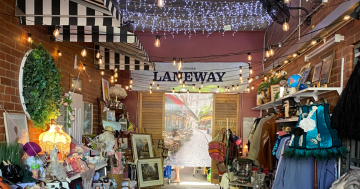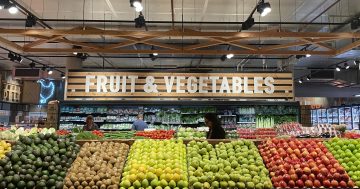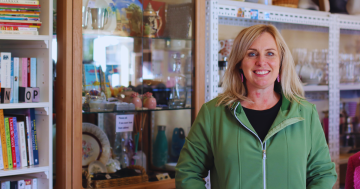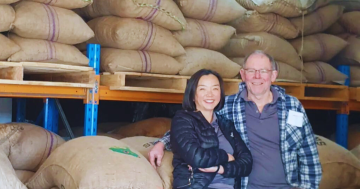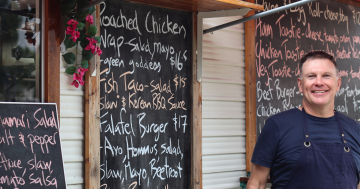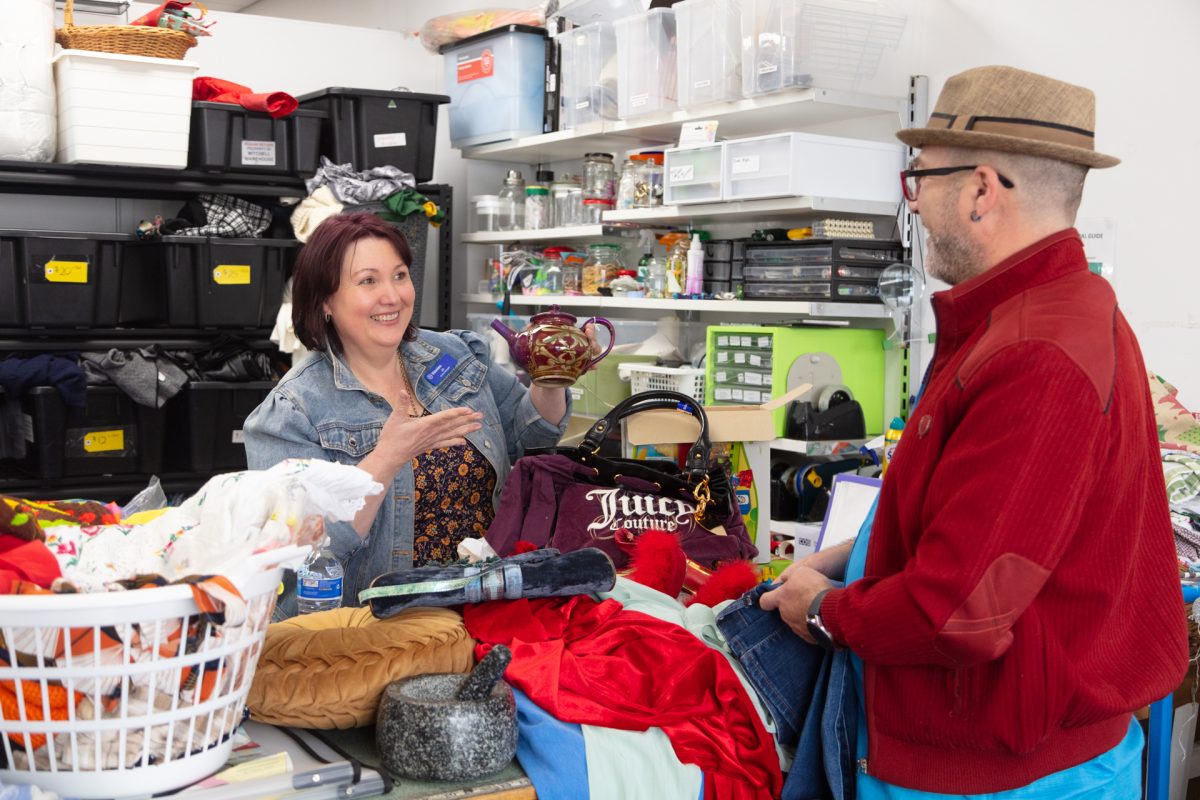
Pricing in Vinnies stores boils down to one thing: the economics of managing donations. Photo: Thomas Lucraft.
Over the past decade, donations to Vinnies have increased about 300 per cent. But only 15 per cent of those donations makes it onto the shelves and racks of the charity stores.
The major Australian retailer has a reputation to uphold, according to the director of commercial operations Lindsay Rae.
He says a lot has changed over the 11 years he has been with the organisation. In response to a changing retail and consumer landscape, the organisation has ditched the blanket model to pricing in favour of a more discerning approach.
“People demand higher quality now and that suits us just fine,” he says.
“We have a lot more choice as to what goes on our racks these days, and we get a lot of incredibly high-quality garments. A lot of it, you wouldn’t know it’s been worn. A fair bit still has the tags on.”
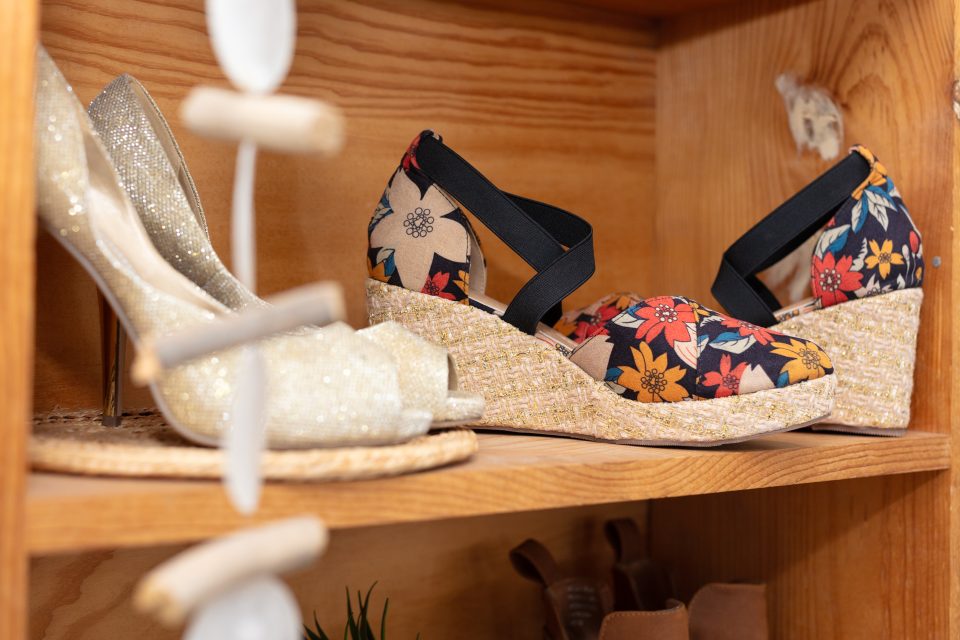
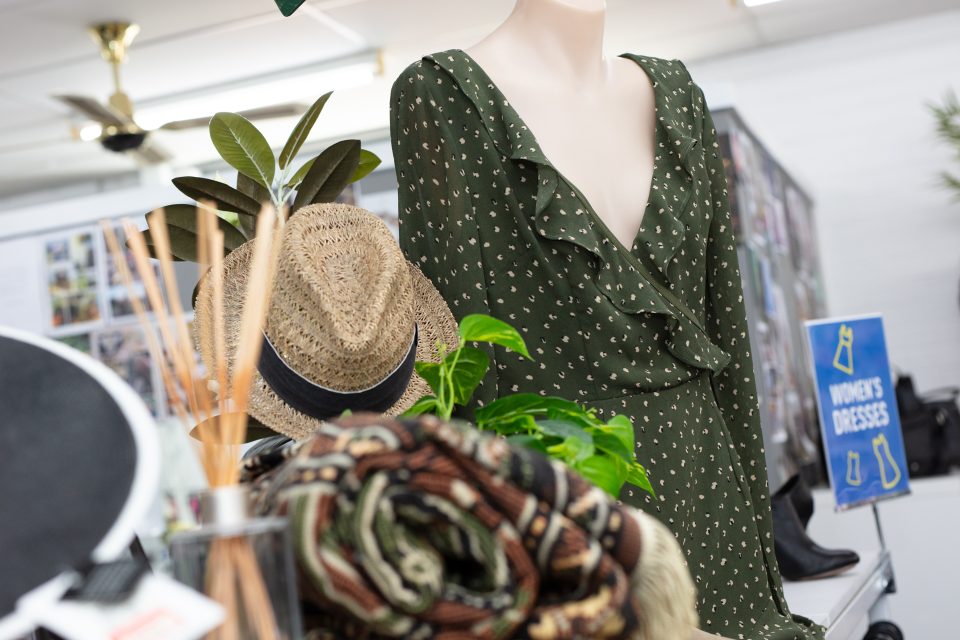
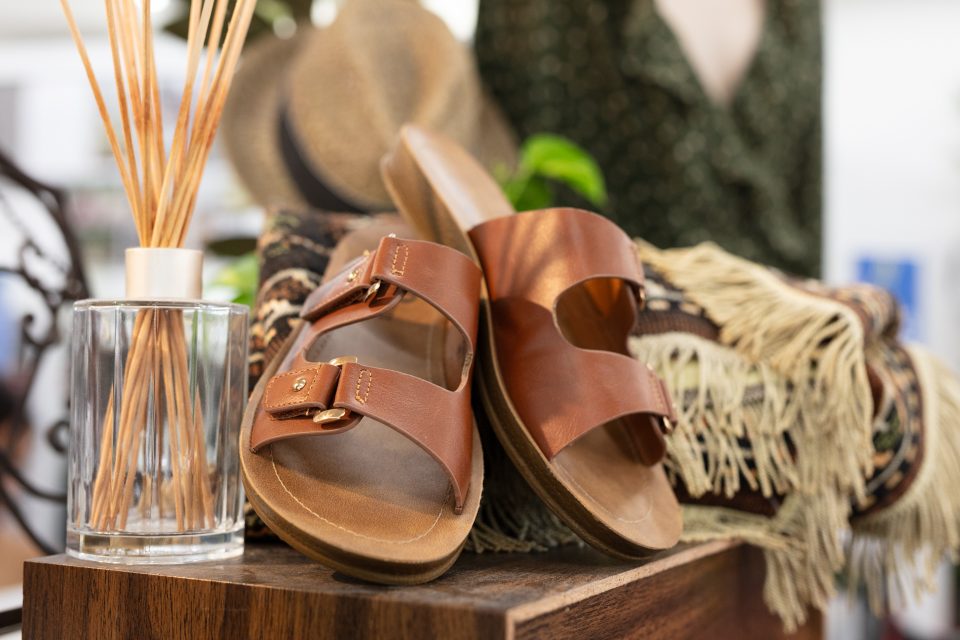
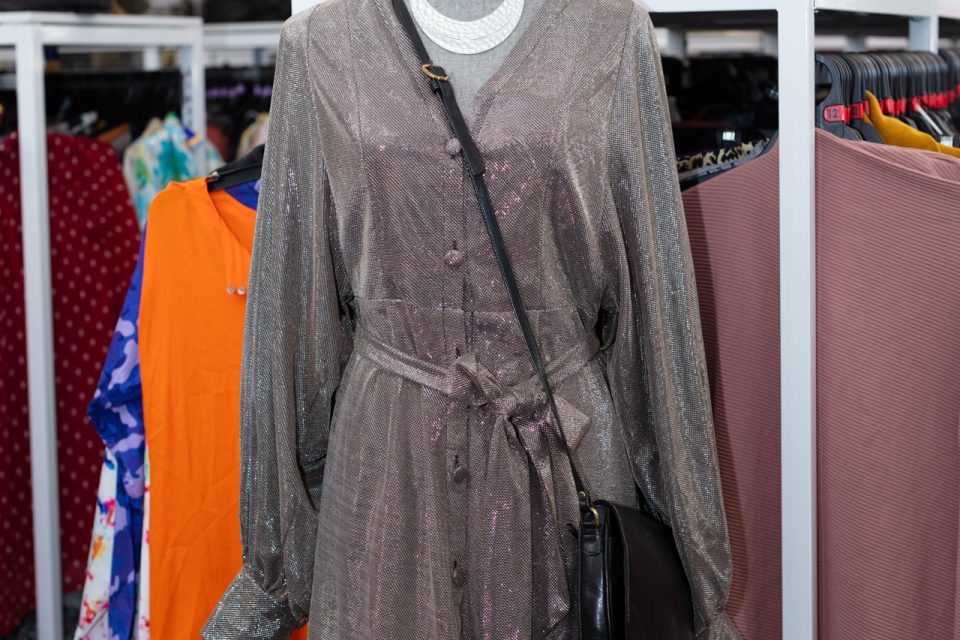
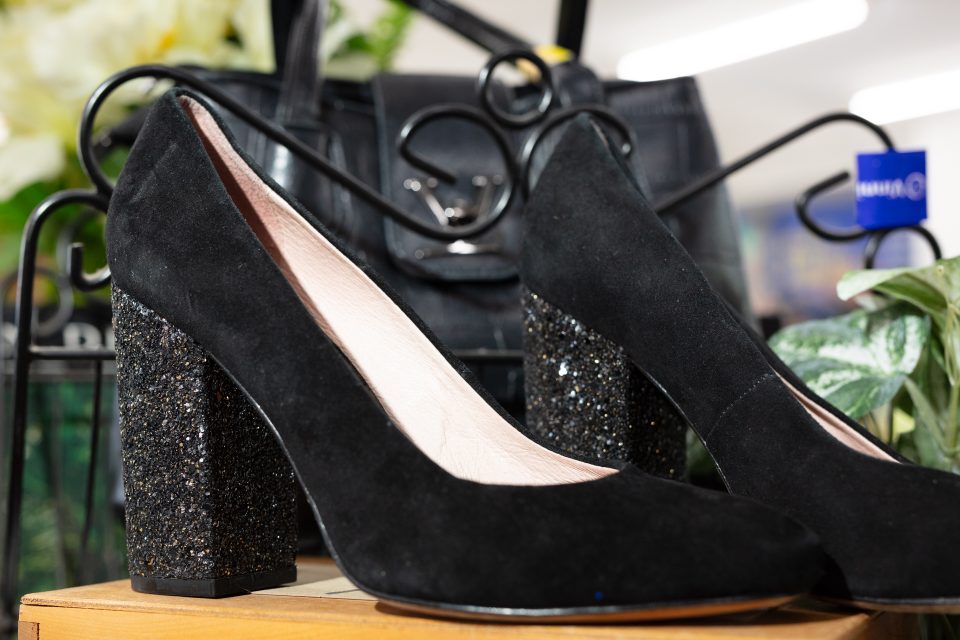
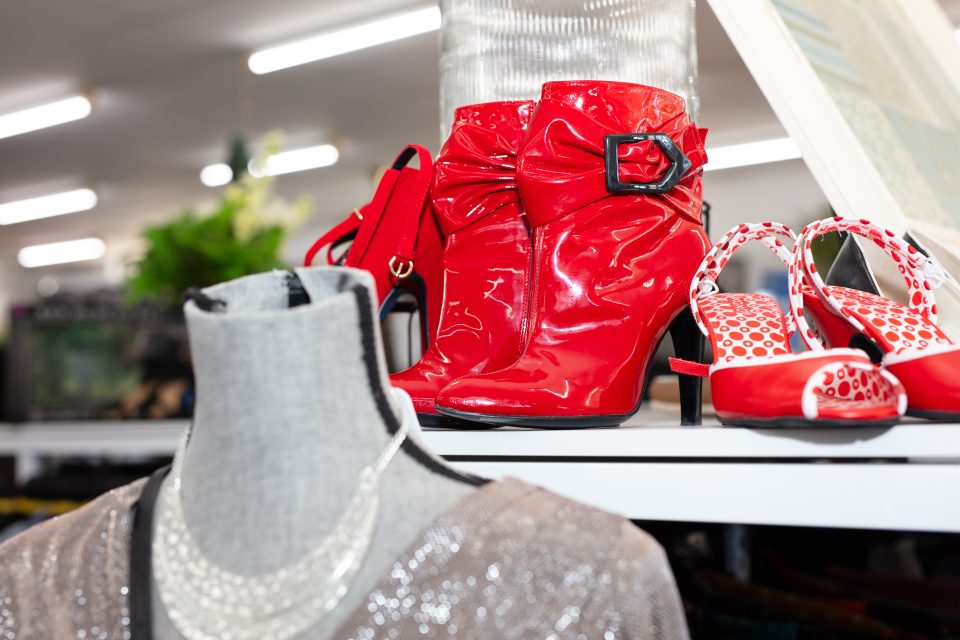
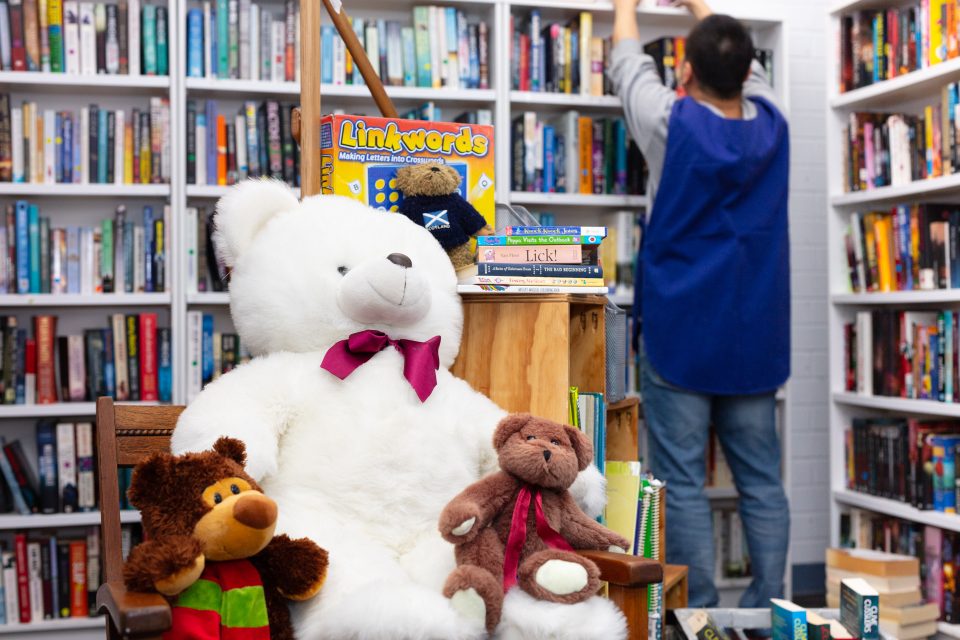
The pricing in Vinnies stores is not arbitrary. These days, highly informed employees apply discretion so that some items – namely designer or high-value items – cost more. Others, though still unyielding in quality standards, are considered lower value and priced accordingly.
“Baby clothes are a good example. We get large volumes of it simply because babies grow quickly. Often an item is worn once or twice before it comes to us,” Lindsay says.
“So while the clothes themselves are not inherently of lower value, you can generally pick them up at a Vinnies store for $1 or $2.”
Along with the head-spinning acceleration of fast fashion, the cost of operations including sorting, distribution and disposal of unusable items has skyrocketed. This elevated op-shopping experience is the result of Vinnies pivoting in response.
The organisation is employing more people than ever to stay on top of expanding operations, and while volunteers remain the backbone that makes profit possible, many Vinnies staff are now paid because the workload has increased.
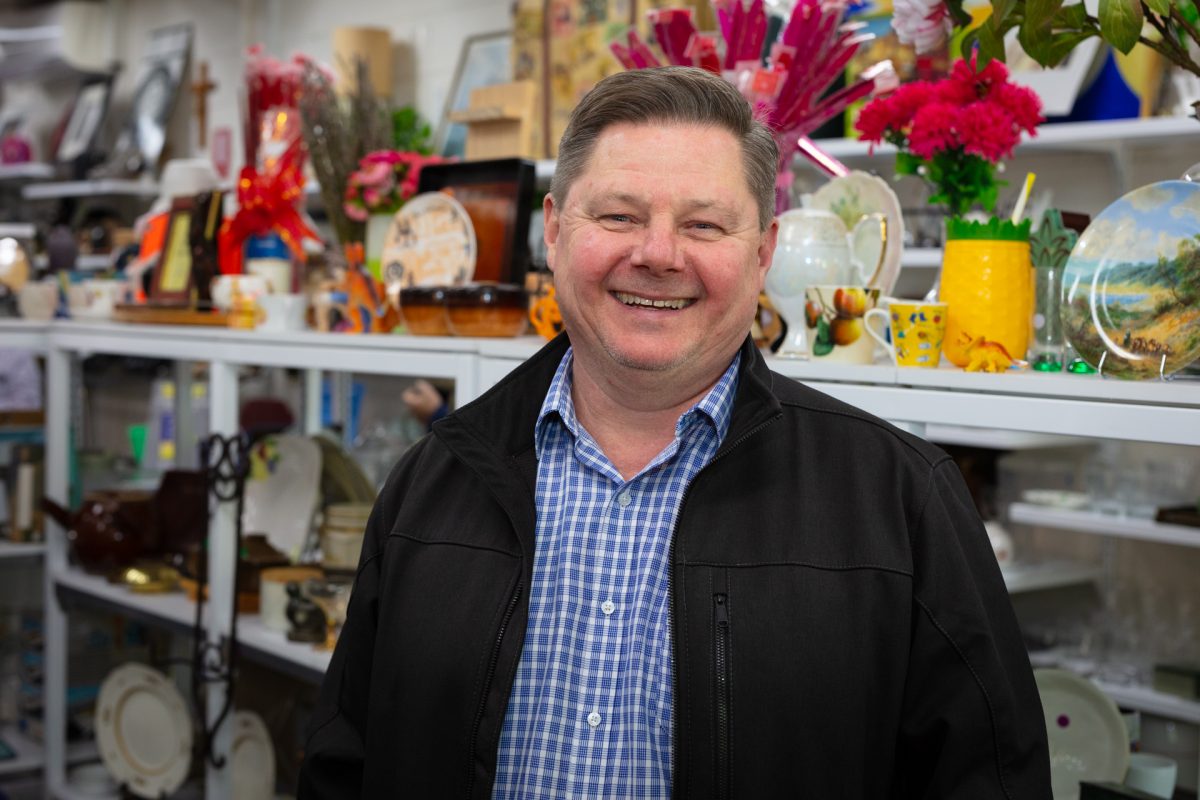
Vinnies director commercial operations Lindsay Rae says Vinnies customers are demanding higher quality these days, and that suits the organisation just fine. Photo: Thomas Lucraft.
There are no benevolent landlords offering rent-free retail space, nor exceptionally philanthropic transport companies moving goods pro bono. So contrary to the common misconception, the goods donated to Vinnies are not “gratis” in the strictest sense.
“People may think that because the products we sell are donated, there’s no cost attached. When in reality, they come at an expense because processing them on a large scale is expensive,” Lindsay says.
“In terms of our overheads, we’re no different to any other commercial retailer. Without our dedicated volunteers, we wouldn’t make a profit, but a huge amount of work is done behind the scenes by paid employees.
“Landlords need a return on their investment property – we pay the same rents as anyone else would pay.”
@this.is.canberra Welcome to Vinnies in Dickson 👋 We pulled together a few items perfect for the office, a casual brunch on the weekend and even a night out – it’s a great spot to build your capsule wardrobe without paying an arm and a leg. From pieces with tags still on to high-quality brands and even a $15 blazer (a great staple!), we were pleasantly surprised by our finds. We encourage you to visit your local Vinnies and unearth fashion treasures you didn’t know you needed (or could find for so cheap!). 🛍️ #thisiscanberra #canberra #canberratok #canberralife #vinnies #thrifting #thriftwithme #opshop #thrifthaul
The prices are still dizzyingly competitive compared to other retailers. What’s more, the modern-day Vinnies customer can bank on finding more high-quality items in store thanks to savvier pricing.
“When I first arrived at Vinnies I learned from our shop managers that our biggest customers were resellers,” Lindsay says.
“Second-hand traders would buy stuff that was underpriced in our store and you’d see it for sale online with a 100 per cent markup. We realised we’re a charity and we need the funds. Our job is to make sure as much surplus as possible comes to our store, because that money is used to support people in need.
“The people who sort our items now know the value of things, so while the cost of some items went down, we pushed the prices up on those unique items.”
Importantly, customers in need receive help. Those who have undergone a needs assessment are issued cards or vouchers to be used at Vinnies stores. When presented at the checkout, the items are scanned at lower prices or free.
Clothing and household goods account for only six per cent of what Vinnies gives out however.
“That’s why we have the stores – to sell the clothing and household goods instead, and raise funds that can be applied where they’re most needed,” Lindsay says.
The profits provide 70 per cent of what Vinnies needs to conduct its charitable activities and run its programs. This includes providing essential material assistance such as food, utilities, transport and medical needs as well as a friendly face to listen plus referrals to other helpful services.
In the first three months this year, Canberra Vinnies gave out half a million dollars worth of assistance. Lindsay says calls on Vinnies’ helpline are currently “going through the roof” because of the cost of living and housing affordability crises.
“More than ever we’re calling on people to shop and donate quality goods so we can answer the call of a growing number of Canberrans in need.”
To donate or shop at Vinnies, visit your local store.
Original Article published by Dione David on Riotact.


